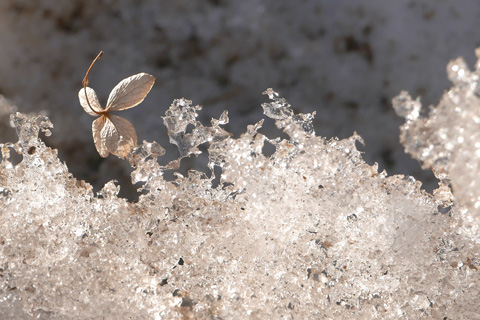Ozeem, the sub-deputy governor of the province, had the patience of a bureaucrat who has learned that nothing good arrives in time for you to appreciate it and an imp’s glee in practical jokes. When an order came down to ensure that all Grade 2 and higher roadways had accurate and durable mile markers, Ozeem was put in charge of commissioning the appropriate signs and overseeing their installation. He had 14,323 miles of qualifying roadway within his province. The applicable regulations left him some discretion in materials, as long as the resulting marker clearly listed the mile point and the roadway and was durable. Ozeem ordered 14,322 markers in sandstone. And he ordered one, Mile 27 on Route 14A-C (chosen almost at random), in marble.
He knew that while the sandstone would likely last longer than the routes it measured, and thus fulfill its purpose, over the course of centuries, it would wear away. The one marble marker, however, would last millennia longer. It would even remain readable.
Ozeem liked to think about how one day a future society with no memory of his own would find this singular marker, with “Mile 27, Route 14A-C” chiseled into its side, and be forced to create some meaning out of its singularity. He’d imagine future theories about the sacred nature of the number 27 or how this marker was placed at the center of some ritual space, and he would emit a bureaucrat’s silent, cautious chuckle.


